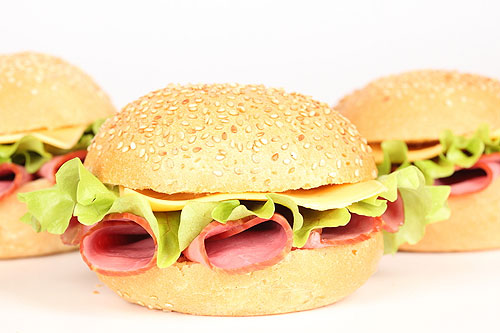It turns out that calorie content in foods can differ by 30% if to compare it with the figures indicated on the package. While estimating caloric content of the products, the companies do not include the energy value of dietary fiber, which is 5% of the total calorie intake.

Tips for Those Eating Muesli in the Morning
For example, a person who eats cereal for breakfast every day does not think that instead of calories stated on the package, he also consumes extra calories contained in fiber as the most essential element of cereals.
Protein Calories
However, protein products may contain 20% less calories than the amount specified by the manufacturer. This figure includes the change in calories while processing the product.
Calorific Content Fluctuation
According to Dr. Geoffrey Livesey of the British Medical Research Council, such fluctuations can sometimes reach 30% since digesting raw foods makes people spend more energy. Thus, people actually use more calories than they think. Mind that the average calorie calculation is based on the presence of proteins, fats and carbohydrates in the product.
Fiber Caloric Content Rules
In Europe, the law that forces the manufacturers to indicate fiber caloric content came into effect last year, but few of them have followed the rules so far.










